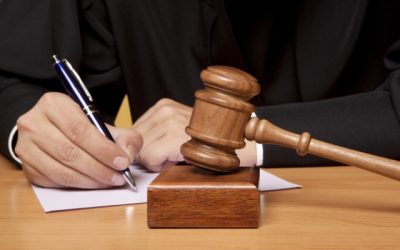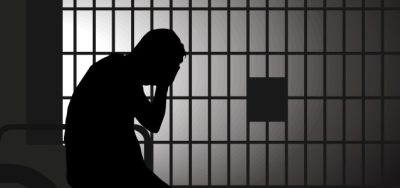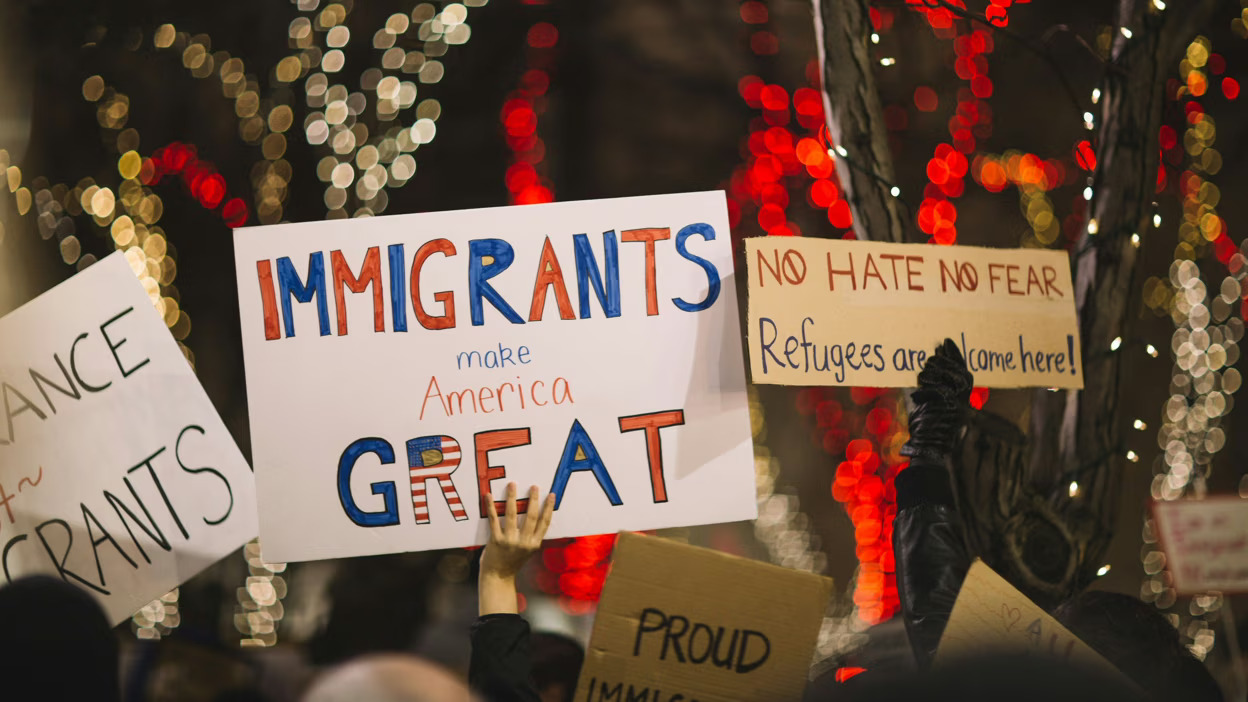Detention

Nuevos Informes Revelan Cultura de Crueldad dentro de la Patrulla Fronteriza
Esta semana el American Immigration Council publicó dos nuevos informes que muestran a las claras ciertos patrones sistemáticos en el uso de la fuerza por parte de la Patrulla Fronteriza de los Estados Unidos. En particular, los informes ponen en evidencia una serie de abusos, tanto físicos como verbales, ejercidos contra inmigrantes indocumentados durante el proceso de aprehensión o mientras los mismos están detenidos. Asimismo, documentan prácticas corrientes de retención de pertenencias de los migrantes ocurridas durante el proceso de deportación. Read More

New Reports Expose Subculture of Cruelty Within the U.S. Border Patrol
There is a subculture of cruelty within the Border Patrol—and, more broadly, within the entire machinery of the U.S. deportation regime. From the ranks of frontline Border Patrol agents to the guards in private, for-profit detention facilities, the abuse of detainees is widely tolerated and even accepted. This is the central finding to emerge from the second wave of the Migrant Border Crossing Study (MBCS). Wave II of the MBCS is currently housed in the Center for Latin American Studies at the University of Arizona and the Department of Sociology at George Washington University. The survey is a study of 1,110 randomly selected, recently repatriated migrants who were surveyed in six Mexican cities between 2009 and 2012. The results of this study are being released in a series of three reports titled Bordering on Criminal: The Routine Abuse of Migrants in the Removal System. Read More

The Punishment Should Fit the Crime for Immigrants, Too
The punishment should fit the crime. That maxim is as old as law itself, dating at least as far back as the Old Testament and Hammurabi’s Code. It’s firmly rooted in our Constitution’s Due Process Clause and the Eighth Amendment’s prohibition against excessive fines and cruel and unusual punishment. That principle—referred to as proportionality—appears in both our criminal and civil law. It forbids, for example, the imposition of a life sentence for passing a bad check. It means that the state cannot sentence juveniles for non-homicide crimes to life without parole. And it disallows extreme punitive damages awards. So what does proportionality have to say when the government tries to deport a lawful permanent resident who, a decade ago, shoplifted $200 worth of merchandise from a department store? Right now, astonishingly, nothing: immigration judges do not even consider whether a person’s banishment from the United States is a disproportionate punishment for a crime before ordering the person’s removal. But advocates are working to change this. Read More

New York’s Highest Court Says that Noncitizens Must Be Warned of Deportation Risk Before Pleading Guilty
The highest court in New York ruled on Tuesday that due process compels state court judges to warn defendants in criminal proceedings who are not U.S. citizens that pleading guilty to a felony may result in their deportation. The court noted that “deportation is a plea consequence of such tremendous importance, grave impact and frequent occurrence that a defendant is entitled to notice that it may ensue…Due process compels a trial court to apprise a defendant that, if the defendant is not an American citizen, he or she may be deported as a consequence of a guilty plea to a felony.” Read More

Detention Bed Mandate is Just One Example of How Immigration is Being Criminalized
For more than a century, study after study has confirmed two simple yet powerful truths about the relationship between immigration and crime: immigrants are less likely to commit serious crimes or be behind bars than the native-born, and high rates of immigration are not associated with higher rates of either violent or property crime. Unfortunately, immigration policy is frequently shaped more by fear and stereotype than by empirical evidence, which is why immigrants are so often treated like dangerous criminals by the U.S. immigration system. Whole new classes of “felonies” are created which apply only to immigrants, deportation is viewed as a just punishment for even minor crimes, and policies to end unauthorized immigration become more and more punitive rather than more rational and practical. In short, immigration itself is being criminalized. Read More

Report Exposes Treatment of Asylum Seekers in U.S. Detention
Asylum seekers—often scarred by physical and mental trauma—seek safety and refuge from genocide, religious persecution, organized violence, or other life-threatening conditions. They embark on dangerous and lengthy journeys in hope of being welcomed at our borders. Instead, upon arrival, asylum seekers routinely are arrested, shackled, and sent to detention facilities where they may be subjected to dehumanizing and degrading treatment. A recent report by the Center for Victims of Torture (CVT) and the Torture Abolition and Survivor Support Coalition International (TASSC), Tortured and Detained: Survivor Stories of US Immigration Detention, chronicles the stories of asylum seekers and details the physical and psychological agonies of detention. Read More

Holding the Detention System Accountable for Alleged Post 9/11 Abuses
A dozen years ago, in the days after 9/11, the Metropolitan Detention Center in Brooklyn served as the site of unimaginable horror: twenty-three hour cell confinement; sleep and food deprivation; widespread physical abuse; endless humiliation through sexual harassment and constant strip-searches; and relentless taunting and insults. The subjects of these atrocities were not enemy combatants or even convicted criminals; they were simply a group of noncitizens suspected of minor, non-criminal, immigration offenses. Their primary “offense”: the misfortune of being or appearing to be Muslim or Arab in a post 9/11 world. Read More

California Governor Signs Sweeping Immigration Reforms into Law
On the same day thousands of immigrant activists rallied across the country for immigration reform, California Gov. Jerry Brown signed several bills into law that put the state at the forefront of the efforts to fix immigration policies at the state and local level. Among the measures Brown approved was the TRUST Act, which limits who state and local police can hold for possible deportation. "While Washington waffles on immigration, California's forging ahead," Brown said in a statement. "I'm not waiting." Read More

ICE Detainers Continue to Target Immigrants with No Criminal Convictions
This week, the Transactional Records Access Clearinghouse (TRAC) released a troubling new report showing that only about 10% of ICE detainers target “individuals who pose a serious threat to public safety or national security.” Although the agency’s highest enforcement priorities are threats to public safety and national security, government data shows that, in recent months, the majority of detainers were issued for individuals who had no criminal convictions. Read More

Customs and Border Protection’s New “Use of Force” Initiatives Are Welcome First Steps
The endemic use of force within U.S. Customs and Border Protection (CBP) made national headlines in 2010 when Anastacio Hernandez Rojas, a 42-year old Mexican national living in San Diego, was killed by a Border Patrol Officer while in CBP custody. Since then, at least 18 other people have have died as the result of alleged excessive use of force by CBP officials, including six U.S. citizens and seven minors under 21. These incidents prompted the Department of Homeland Security (DHS) to review the use of force at CBP. A report issued earlier this month by DHS’s Office of Inspector General (OIG) exposes the inadequacies of the “use of force training” for Border Patrol agents and a series of operational flaws in the agency’s monitoring of employee misconduct. Read More
Make a contribution
Make a direct impact on the lives of immigrants.
